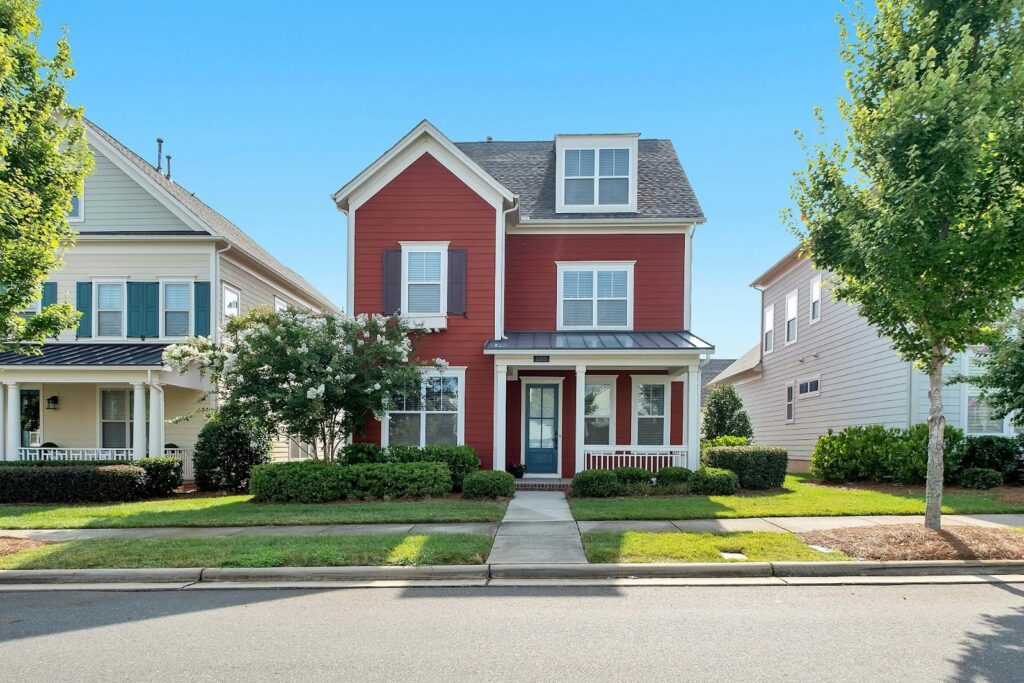Discovering that your home insurance has lapsed can be a concerning experience, raising questions about the safety of one of your most treasured assets—your home. Keep reading to learn what steps to take to safeguard your home and peace of mind.
Understanding Homeowners Insurance Lapses and Coverage Gaps
A lapse in homeowners insurance occurs when a policy is not renewed, is canceled, or is terminated by the insurance company. This interruption in coverage can happen for a variety of reasons, such as non-payment of premiums, changes in the risk profile of the home, or oversight. While it might seem like a minor hiccup, a lapse in insurance can have far-reaching consequences.
During the period of a lapse, the homeowner is completely responsible for all damages or losses that might occur. If there’s a natural disaster, theft, or any other incident that normally would be covered by insurance, the financial burden falls squarely on the homeowner’s shoulders. Understanding what happens if homeowners insurance lapses is critical in mitigating such risks.
Reinstating coverage after a lapse is not always straightforward. Insurers may view a lapse as a red flag, which could lead to increased premiums or denial of coverage. A gap in insurance can also make obtaining a new policy more difficult, as a history of continuous coverage is often a factor in the underwriting process.
The Financial Risks of an Uninsured Property

Homeowners face substantial financial risk when their property is uninsured due to a lapse in coverage. The most apparent risk is the potential for a significant financial loss if damage to the property occurs while it’s uninsured. From minor damages that require expensive repairs to catastrophic events that could result in total loss, the financial implications can be overwhelming.
Even without any actual damage occurring, a lapse can lead to increased insurance costs in the future. Insurance companies may increase premiums because of the perceived higher risk associated with lapses in coverage. These overhead costs can strain a homeowner’s finances, making it more challenging to secure affordable coverage.
Additionally, homeowners could face unexpected out-of-pocket expenses for routine incidents typically covered by an active policy. For instance, if a visitor is injured on the property during a lapse in coverage, the homeowner might have to bear the full cost of medical bills or legal fees in the event of a lawsuit.
Legal and Mortgage Implications of Insurance Lapse
From a legal perspective, a lapse in homeowners insurance can expose the property owner to various liabilities. The owners might personally be held liable for damages or injuries that occur on their property during the uninsured period. Without the financial safeguard of insurance, legal claims can jeopardize personal assets and savings.
Mortgage companies typically require continuous homeowners insurance as a condition of the loan agreement. Therefore, a lapse in insurance may breach the terms of your mortgage, leading to serious consequences. The lender could place “force-placed” insurance on the property, which is often much more expensive and offers less coverage than a standard policy.
Facing force-placed insurance also means a loss of control over one’s insurance choices, with the lender selecting the policy instead of the homeowner. This can result in coverage that is not tailored to the specific needs and circumstances of the property, which could be financially disadvantageous.
Steps to Take Immediately After a Homeowners Insurance Lapse

When a homeowner discovers their insurance has lapsed, immediate action is necessary. The first step is to contact the insurance company to discuss possible reinstatement. If this is not an option, the homeowner should seek new coverage without delay to minimize the period of being uninsured.
Negotiating with the insurance provider for a solution may be possible if the lapse was due to a misunderstanding or a temporary financial difficulty. Payment plans or grace periods are sometimes offered to accommodate homeowners’ specific situations, allowing them to recover their coverage.
If the insurance company cannot reinstate the policy, the homeowner should begin shopping around for new insurance immediately. Comparing different policies and insurance providers will help in finding the best coverage options at competitive rates. On that note, evidence of continuous coverage might be requested by a new insurer, therefore documenting the entire process and reasons for the lapse is crucial.
Altogether, understanding the ramifications of a homeowners insurance lapse and taking immediate steps to rectify the situation is crucial to protect your valuable asset. By implementing measures to prevent future lapses, homeowners can ensure continuous protection, safeguarding their homes, finances, and legal standings.

